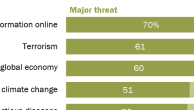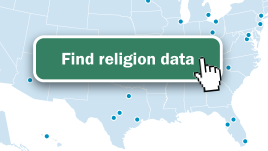
Numbers, Facts and Trends Shaping Your World

International Opinion on Global Threats
Adults across 25 countries see the spread of false information online, the condition of the global economy and terrorism as major threats today.
- Explore global views of: False information | Economic conditions | Terrorism | Climate change | Spread of infectious diseases
- Related: Americans’ views of global threats differ by party, age
Latest Publications
Most Popular
Politics & Policy

Behind Trump’s 2024 Victory, a More Racially and Ethnically Diverse Voter Coalition
Pew Research Center’s in-depth study of its survey respondents who voted in the 2024 election examines turnout, voting patterns and demographics.
Features
Internet & Technology

Online Scams and Attacks in America Today
73% of U.S. adults have experienced some kind of online scam or attack, and these are common across age groups. Most get scam calls, texts and emails at least weekly.

Google users are less likely to click on links when an AI summary appears in the results
In a March 2025 analysis, Google users who encountered an AI summary were less likely to click on links to other websites than users who did not see one.

Americans’ support for school cellphone bans has ticked up since last year
More than four-in-ten Americans (44%) back bans on student cellphone use during the entire school day, up from 36% last fall.

10 facts about teens and social media
Nine-in-ten U.S. teens say they use YouTube. Majorities also use TikTok (63%), Instagram (61%) and Snapchat (55%).

34% of U.S. adults have used ChatGPT, about double the share in 2023
Use for work, to learn something new, or for entertainment has risen since March 2023. Adults under 30 are especially likely to use the chatbot in these ways.
Religion

Spirituality and Religion: How Does the U.S. Compare With Other Countries?
Explore how adults in the U.S. and 35 other countries compare religiously and spiritually when it comes to affiliation, prayer, afterlife beliefs and more.

The number of Christian-majority countries fell between 2010 and 2020
Countries that lost their Christian majorities all saw growing percentages of religiously unaffiliated people.

In a 2022 survey, most Americans opposed churches endorsing political candidates
Majorities in both parties said in the 2022 survey that churches should avoid political endorsements.

Globally, 1 in 10 adults under 55 have left their childhood religion
The share of people who retain their childhood religious identity in adulthood varies across religious categories.
Economy & Work

What to know about the bond market
The bond market not only determines how much interest the government must pay to borrow money; it also influences how much interest ordinary Americans will pay on car loans, mortgages and credit card bills.

About 1 in 6 U.S. teachers work second jobs
The share of teachers working second jobs outside the classroom did not change much from before the pandemic.

Women are a rising share of U.S. managers and professionals
In 2023, 46% of all managers in the U.S. were women. This is up from 29% in 1980 but still slightly lower than the 49% of all workers who were women as of 2023.

Growing share of U.S. adults say their personal finances will be worse a year from now
About half of Americans (48%) say they have emergency or rainy day funds that would cover their expenses for three months.
Our Methods
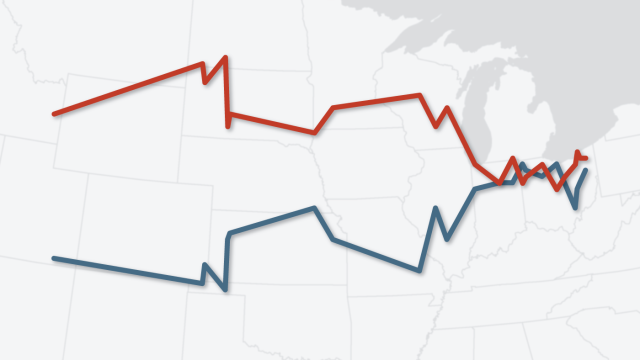
U.S. Surveys
Pew Research Center has deep roots in U.S. public opinion research. Launched as a project focused primarily on U.S. policy and politics in the early 1990s, the Center has grown over time to study a wide range of topics vital to explaining America to itself and to the world.
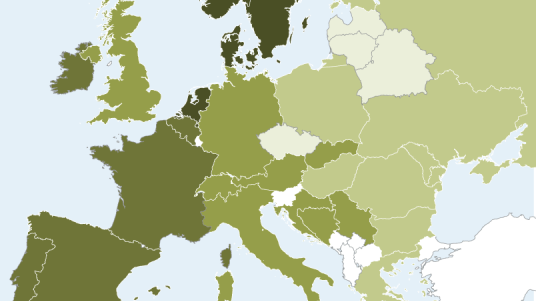
International Surveys
Pew Research Center regularly conducts public opinion surveys in countries outside the United States as part of its ongoing exploration of attitudes, values and behaviors around the globe.
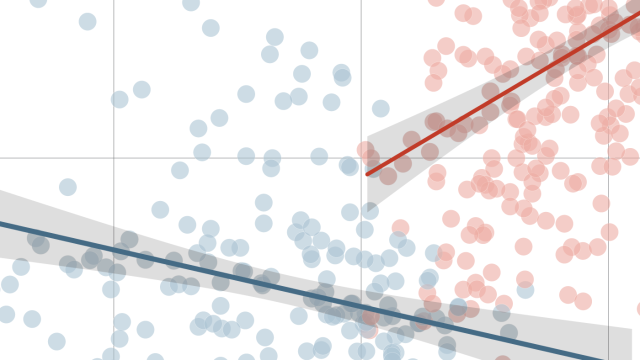
Data Science
Pew Research Center’s Data Labs uses computational methods to complement and expand on the Center’s existing research agenda.
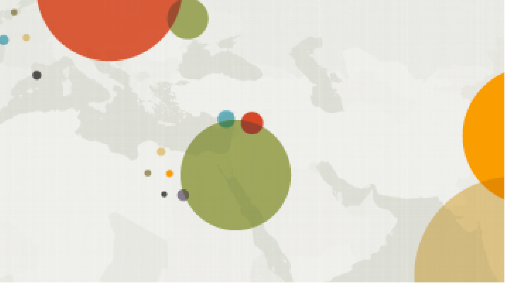
Demographic Research
Pew Research Center tracks social, demographic and economic trends, both domestically and internationally.
Our Experts
“A record 23 million Asian Americans trace their roots to more than 20 countries … and the U.S. Asian population is projected to reach 46 million by 2060.”

Neil G. Ruiz,
Head of New Research Initiatives
Methods 101 Videos

Methods 101: Random Sampling
The first video in Pew Research Center’s Methods 101 series helps explain random sampling – a concept that lies at the heart of all probability-based survey research – and why it’s important.
Signature Reports

Decline of Christianity in the U.S. Has Slowed, May Have Leveled Off
America’s News Influencers
Race and LGBTQ Issues in K-12 Schools
Representative Democracy Remains a Popular Ideal, but People Around the World Are Critical of How It’s Working
Americans’ Dismal Views of the Nation’s Politics
Measuring Religion in China
Editor’s Pick

5 facts about how the world’s population is expected to change by 2100
What the data says about Medicaid
Same-Sex Parents Raising Kids
Most people across 24 surveyed countries have negative views of Israel and Netanyahu
What the data says about gun deaths in the U.S.
How Americans view Elon Musk and Mark Zuckerberg
Race & Ethnicity

How Much Discrimination Do Americans Say Groups Face in the U.S.?
Views of Race, Policing and Black Lives Matter in the 5 Years Since George Floyd’s Killing
Key facts about Asians in the U.S.
How Americans feel about making English the official language of the U.S.
Trump’s executive order on birthright citizenship draws more disapproval than approval
International Affairs





